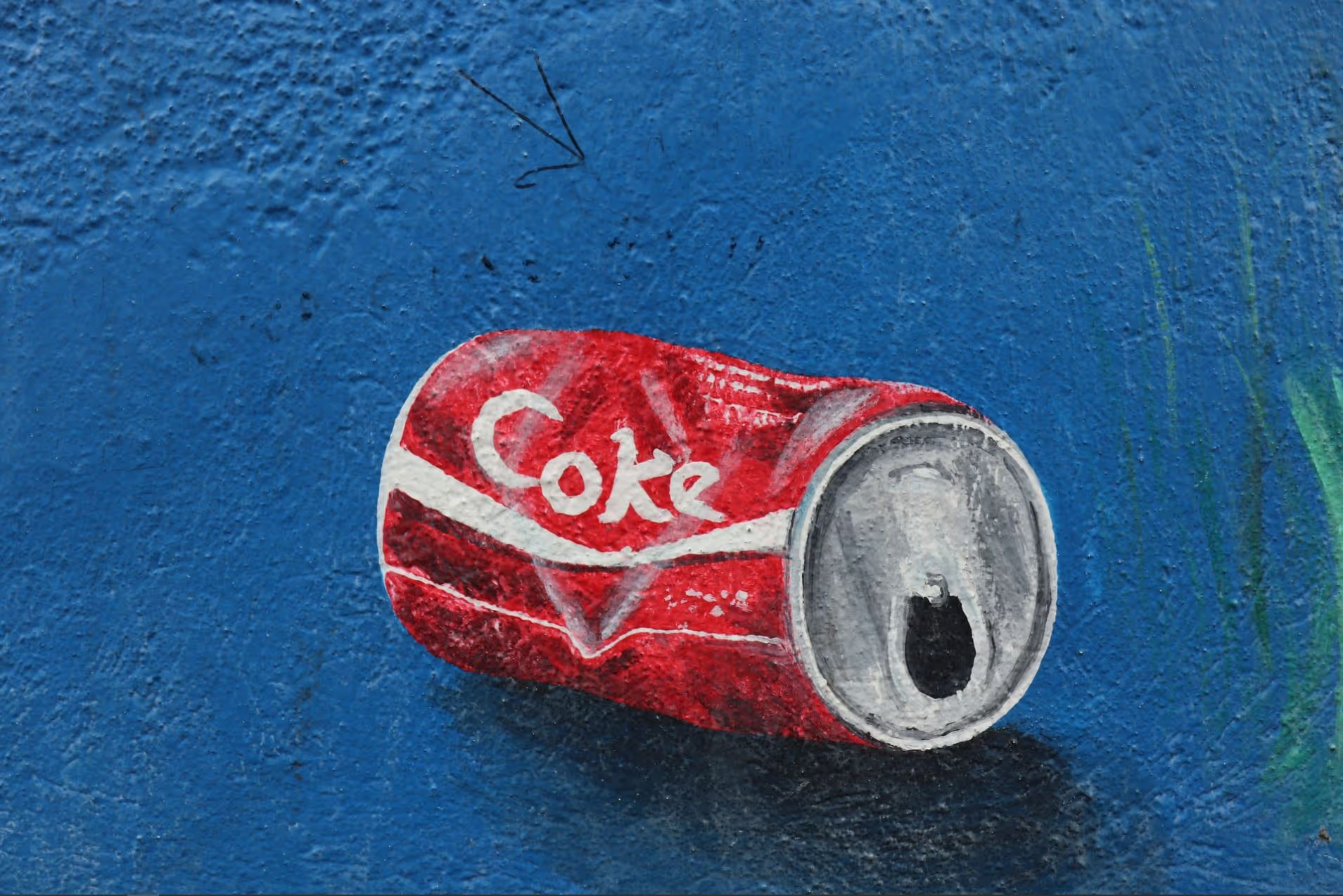Authenticity and idealistic value — Decisive influences on the art market

“Today, people know the price of everything, but the value of nothing,” Oscar Wilde already knew. Does this also apply to the art market? At least, outsiders often wonder about spectacular auction results of the works of famous artists. How do these multi-million dollar prizes come about? When it comes to pricing, it is not only expert expertise, provenance and reception of a work that are decisive. The character of the work of art also plays a major role — investors want emotional participation in their tangible assets.
Pricing on the art market
Before a work of art comes onto the market, a price must first be set. This estimated price depends on numerous criteria on the art market and is usually determined by the respective auction house before the work is approved for auction.
To determine the estimated price, the information provided by the previous owner, previous expert reports and external reports from art experts are consulted. At the famous New York auction house Sotheby's, for example, a form is used to query the type of work of art, dimensions, condition of the object and other data in advance. The art experts who judge the works are usually art historians, critics and dealers who have many years of professional experience. With the help of these factors — and the prices achieved by comparable works — a price range is set in the form of the upper and lower estimated prices.
This estimated price is not to be confused with the market price. The estimated price appears as a guideline in auction catalogues before the auction and serves as a rough guide for potential buyers. Not even the auction house can predict the final market price. Because it is only at auction that supply meets demand, where emotional aspects, for example, can influence the price. In this way, the actual market value achieved can exceed the estimated price many times over or even fall short of expectations.
Independent experts and the popularity of the work of art increase the value
Independent experts play an important role in pricing. This is because the inspection of a painting has significantly more weight when it is carried out by an independent expert rather than by the in-house expert of the respective auction house. In addition, the reception and popularity of the respective artist by art critics and, of course, by the public interested in art is decisive. The response of works of art in exhibition reviews, in essays and awards given by an artist and his membership in artists' associations also influence the prize. In addition, the level of recognition and popularity of an artist or a particular subject matter at the time of sale is decisive.
Authentic stories convince buyers
Even the Provenance of a work of art — i.e. the origin from the creation of the work to the present day, which has been clarified as completely as possible — is of great importance for the art market. Provenance is so important because buyers assume that renowned previous owners knew that they own a valuable work of art. The risk of counterfeiting is therefore low. This can sometimes result in an enormous price increase if the provenance of a work was uncertain for a long time and is now suddenly clarified.
This is what happened with the painting Berliner Street scene (1913) by expressionist artist Ernst Ludwig Kirchner, which was auctioned off in 2006 for 38 million US dollars at Christie's auction house, although the Work was “only” estimated at 18 to 24 million euros. The decisive factor for the price increase was that the painting was returned to the legal heirs of a Jewish family persecuted during National Socialism shortly before the auction — meaning that the origin of the painting could suddenly be completely traced.
The art market loves these and similar stories about lost works and the legal return to the original owners or their descendants, which can be decisive for a high price increase. When, in addition to their aesthetic value, works of art tell a story that is of outstanding social relevance, they acquire additional idealistic value.
Private investors participate in tangible works of art with digital shares
In the small elite circle of financially strong investors who have so far dominated the art market, works are often sold from one private collection to the next — and thus disappear into the private premises of art lovers. This approach ensures that important cultural heritage may not be accessible to the public for decades.
Investment platforms liberalize the art marketby giving retail investors access to previously illiquid assets such as art. Investors purchase digital shares in the form of investment tokens, which are structured as digital securities. An investment token describes a share of, for example, a painting or plastic that is stored on a digital blockchain. Investors who have purchased tokenized shares of an art asset do not have to worry about professional support through appraisal, placement in exhibitions, or storage of the work of art. In exhibitions and online events, they can see the increase in the value of the works live.
With the help of this new technology, private investors with a manageable budget can now also participate in a tangible asset and benefit from the corresponding returns. With digital shares, socially and culturally valuable works of art are also increasingly available to the public interested in art in public exhibitions and museums.



